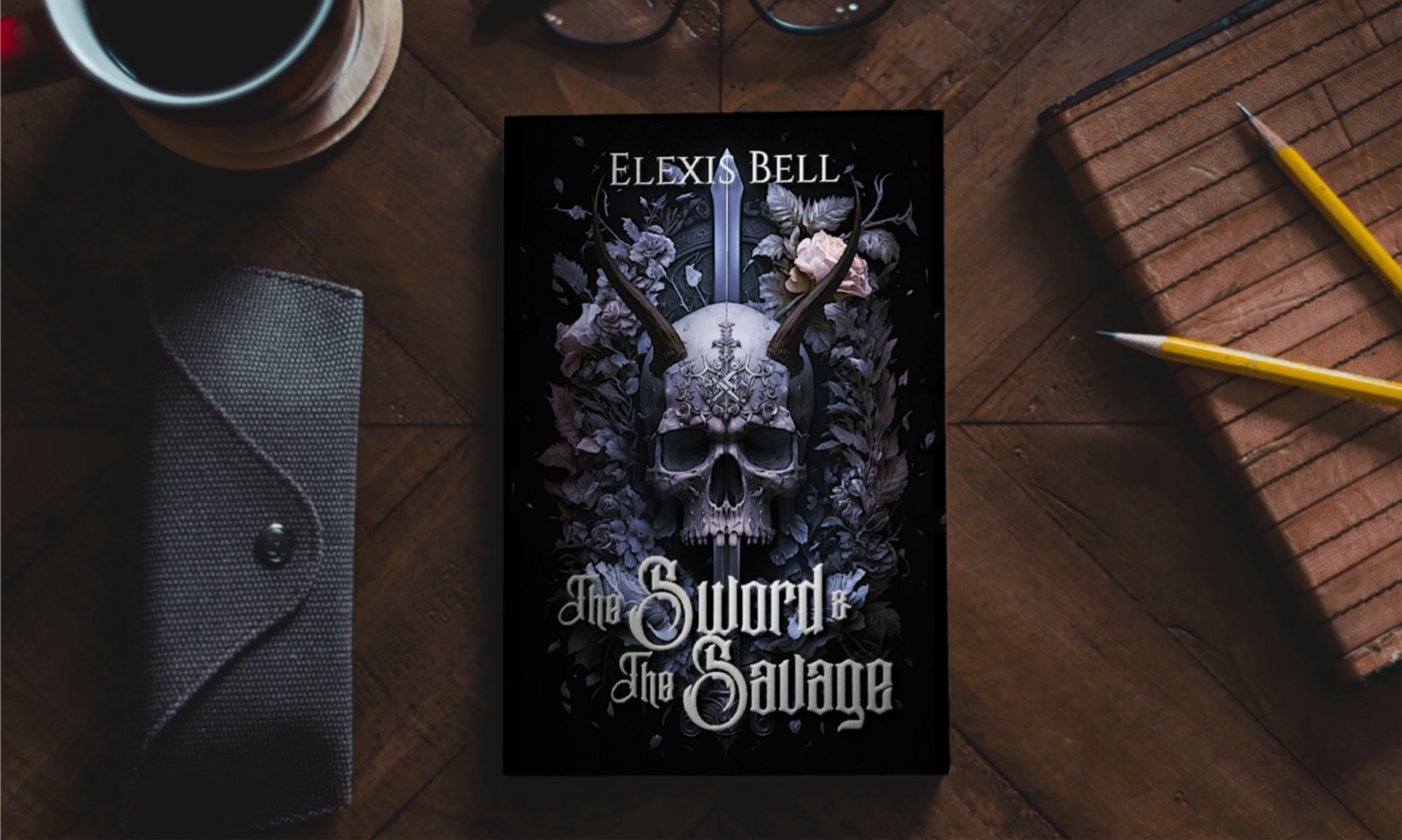So, you don’t plan your books ahead of time. Me either. That doesn’t mean our work has to be riddled with continuity errors or plot-holes.
And avoiding those pesky problems is far easier than you might think.
I have three tried and true tricks to keep things consistent within my books, and today, I’d like to share them with you.
First (and easiest) of all: Take notes.
I don’t mean print it out and highlight key sections. I don’t mean fill notebook after notebook with every detail. At that point, you may as well just plot the book and take out all the fun of discovery that drives us to be pantsers in the first place.
What I mean is this.
When you start a new project, start two documents. One for the story, one for the notes. In the notes document, when your story unveils a new character, jump over into the notes document and jot down their name and whatever information you have about them (hair color, eye color, height, if they’re an asshole, etc.).
Then, jump back into your story and keep on writing.
Don’t stress about their background or what role they’ll play in the story to come. You’ll figure that out later.
This is just so that, when you come across that character later, you have an easy way to refresh your memory. That way, you don’t have a character with blonde hair and freckles show up later with dark hair and a tan.
Whatever develops for the character as you go, feel free to drop it over in the notes document.
You can do the same with world building stuff.
If you come up with a detail you know you’ll need to remember later, put it in your notes. You don’t have to flesh it out right then and there. You can let it marinate until it comes up in the story with more explanation later.
But at the very least, you won’t have to scour your entire WIP looking for what color fur you gave that one animal you made up that your MC’s little brother liked when they were growing up.
Second: Get other people to look at your work BEFORE you publish.
This one is significantly more difficult than the first little trick, because showing your precious to someone is nerve-wracking to say the least. But honestly, you should be doing this anyway.
There are so many things you need a second (or third or fifteenth) set of eyes for.
They come into it without expectation. They don’t know what the world you’ve built is like. They don’t know these characters.
Which means that they’ll see it differently than you do.
They’ll see it how it is.
Not how you meant it to be.
Our brains fill so much in. Words get mixed up or left out, but since we know what’s supposed to be there, our brain fills in the gap.
That also means that sometimes little details get glazed over.
We know what’s supposed to be there, so when a detail comes up that doesn’t quite line up with the previous scenes, our brains just make the correction and keep going.
But other people come into our WIPs with fresh eyes. They haven’t been staring at these pages for weeks/months/years. So when we focus too hard on the big bad evil guy or the incredibly specific personality quirk we want to shine and miss little details…
They stand out to other people.
And wouldn’t you rather fix them before the book is available for the public?
I would.
So, reach out to friends and family, talk to writer friends, get critique partners and beta readers. There are tons of groups specifically for that on Facebook.
Get eyes on your work.
Third: Build REAL people, not just characters. Build REAL worlds, not just words on a page.
This one will potentially require the most effort, but it’s my favorite one.
If your characters feel real to you, they’re more likely to act in real ways. If they feel like old friends, you probably won’t forget what color their hair is. If they move the plot on their own, making choices and doing shit, those actions are a little more likely to be in keeping with their personality and their circumstances.
The same is true of the world. If it feels real, you’re less likely to have a character start a scene on a beach and then magically end the scene in an office building. Unless you’re writing portal fantasy.
So, if you have to go for a walk and daydream about what your characters like to do when they relax to make them feel more realistic? Do it.
If you need to study psychology to get a better grasp on personality development or how people deal with a specific issue or sociology to see how different societies effect the people within them? Do it.
If you need to draw on real emotions from your life to inform your character’s reactions to events in the book? Do it.
Make them real, and their details will be harder to forget.
Now, go forth and write books with undeniable continuity. People will be impressed.
Or, more likely, they won’t notice, which is kinda what you should hope for here because seamless continuity goes unnoticed, whereas continuity issues stand out and jar the reader.
Stay tuned on social media in the coming weeks for the reveal of Soul Bearer’s new cover and a preorder giveaway featuring A Heart of Salt & Silver book swag.
Yeah, I said giveaway. It’s about that time.
Release day is less than a month away, after all.
Preorders available here: mybook.to/AHeartOfSaltAndSilver
Keep reading. Keep writing.
Later.
